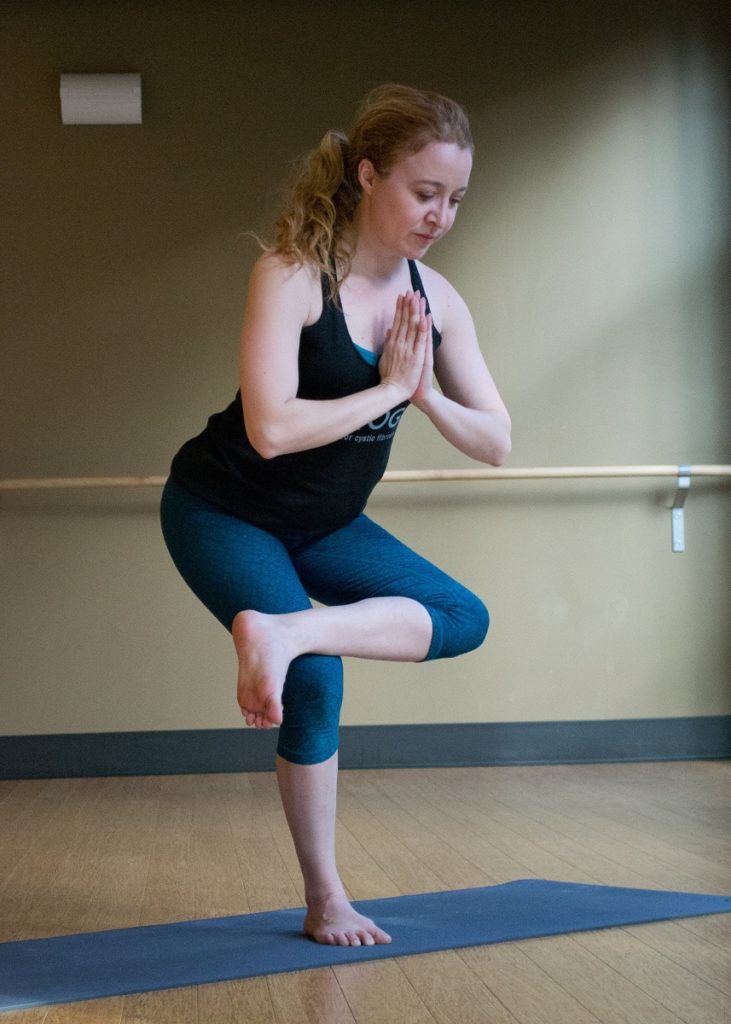Do you remember learning to walk? Most likely not. We learn to walk when we’re still very, very young… before our brains are developed enough for us to store long-term memories.
But even though you don’t remember learning it, you most certainly know how to walk. Your body is so adept at it that you don’t even have to think about how you’re doing it. You just point your body in the direction you want to go, and you walk there.
Your muscles are working subconsciously, together with your brain, to get you where you want to go. Whether walking, running, or jumping, these movements are so ingrained in our everyday lives that we hardly notice them.
Yoga is our chance to reawaken those muscles in our consciousness.
The Iliopsoas – The Unsung Hero
Everyone knows the ‘Gluteus Maximus’ – the big muscle on our backside that pushes us forward as we walk or jump. But another one of the most crucial muscles in this bodily locomotion is also one of the easiest to overlook. The Iliopsoas lies deep within the body, in opposition with the gluteals, and its motion is so automatic to us that we don’t even feel it working most of the time.
The Iliopsoas, or “Psoas” for short, spans multiple joints. It runs all the way from the spine though the front of the pelvis and attaches to the femur. It contracts every time we hinge our hips… whenever we bend forward, walk, or lift our legs. The movement is so innate that it takes specific focus for us to begin to notice it.

(Image: 3D Muscle Lab)
It is technically two muscles that work together, the Iliacus and the Psoas Major . . . so notable as a union that they are commonly referred to by one combined name, “Iliopsoas.” (Just like a celebrity supercouple.)

“Iliopsoas” is like “Brangelina,” minus the divorce.
Understanding Stability and Mobility
The muscles surrounding the hips and upper legs are big and powerful, since they do the lion’s share of the work moving our body anywhere we want to go. The stronger these muscles are, the bigger they get. But the bigger they get, the more they can hold tension and limit our range of motion. When you become “musclebound,” fewer motions are available to you.
On the flip side of the coin, the more mobile our hips are, the more likely we’ll be to do deep and irreparable damage to our hip joints since we don’t have as strong of a muscular base holding them in place.
So during yoga, we pursue a healthy balance between stability (strengthening) and mobility (stretching). We are simultaneously stretching and strengthening different muscles around the hip girdle, this muscular structure that powers us and holds us together.
In some poses we are stretching the hip flexors (especially the psoas) while strengthening the gluteals . . . as in Bridge pose.

In other poses we’re awakening the psoas and stretching the gluteals . . . like in our Seated Staff pose, and forward bends.

The Art of the Hip Hinge
Hinging our hips is key to protecting our spine in forward bends. By engaging the psoas and hinging forward, we’re keeping our spine neutral as we stretch the big muscles on the back side of the body.
Hip hinging gets easier with practice, as we build awareness of our psoas. A few things to remember:
- Keep your knees slightly bent. If you’re like 99% of us and have any tightness on the back side of the body (especially in the hamstrings), you’ll need to have some bend in the knees in order to maintain a neutral spine.
- Place your fingertips in the crease where your thighs connect to your hips. Feel this crease deepen as you hinge forward.
- Intentionally reach the hips back. If you’re standing up, feel like you’re going to be tapping your butt on an invisible chair behind you. It may feel strange at first to reach your butt backward, but it really does help engage the psoas so it can help you hinge forward.
- Work together with your breath. Use a “sinking style” breath where we inhale as we lengthen the spine, and then exhale as we fold forward.

Choosing to work with or against Gravity
Hip hinging doesn’t only happen while standing up in Chair pose or Forward Fold, it also happens in Downward Facing Dog, Seated Fold, and Legs Up the Wall. The only difference is our orientation (which way our body is pointed). This determines whether we’re working with gravity or against it in our fold.
Gravity can counteract or amplify what we’re feeling in the body, making a pose gentler or more challenging. For example, Pigeon Pose and Figure 4 Pose are the same essential pose.

In Figure 4 we’re lying down on our back so we’re working against gravity, making the pose more gentle. In Pigeon, gravity is pulling your body downward and making sensations more intense.
Or you could even stand up in the same position for a Standing Pigeon, working on balance at the same time.

Neither pose is inherently “better” than the other… it simply is a choice based on what you’re seeking to stretch or strengthen in a given day, in a given breath, in a given pose.
You’re empowered to make the choice that makes your hips happy.


Thank you for the “Whys” and not just the “Do This”